It’s a wonderful time to get your garden ready for a productive spring as the growing season draws to a conclusion. You will reap many rewards later if you take the effort to enrich your soil now rather than waiting until the new growing season starts. By increasing the soil’s microbial activity and nutrient content, you’re laying the groundwork for a planting season that will take less time and work. Without having to invest in costly fertilizers or spend hours preparing the soil, the soil will already be brimming with organic matter, beneficial bacteria, and vital nutrients by the time spring arrives, providing your plants with the best start possible. In addition to enhancing your garden’s general health, this preemptive strategy lessens your workload during the hectic spring planting season. The procedure itself is easy, very efficient, and reasonably priced, which makes it a fantastic strategy to guarantee your garden flourishes with little outlay of funds. You can invest in long-term success by concentrating on soil health now, which will help your plants become healthier, stronger, and more productive throughout the course of the next growing season.
Step 1: Plant a Fast-Growing Cover Crop
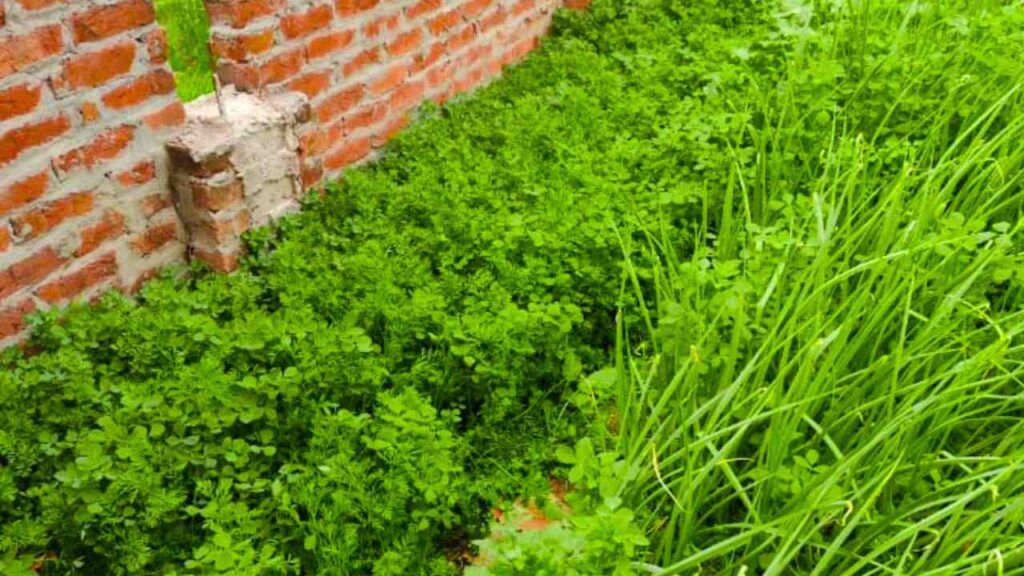
Planting a cover crop is the first step in getting your garden plot ready for the upcoming growing season. These plants, which grow quickly, were picked especially to enhance the health of the soil. For this, mustard seeds are a great choice because they develop quickly and cover your garden bed with a thick, green covering. In order to improve the general health of your soil and garden ecology, cover crops are essential.
Naturally occurring soil builders are mustard plants. They contribute nitrogen to the soil as they develop, which is a necessary component for strong plant growth. Strong leaves and stems are developed by plants with the aid of nitrogen. Additionally, mustard plants’ deep roots serve to enhance the structure and drainage of the soil by breaking up compacted dirt. This facilitates the establishment of roots for subsequent plants. You won’t have to worry about weeds taking over your bed because mustard plants control weeds with their dense growth. By serving as a natural blanket that shields the soil from wind and rain, cover crops like mustard also help prevent soil erosion in the off-season.
Step 2: Leveled Mustard Plants for Soil Enrichment
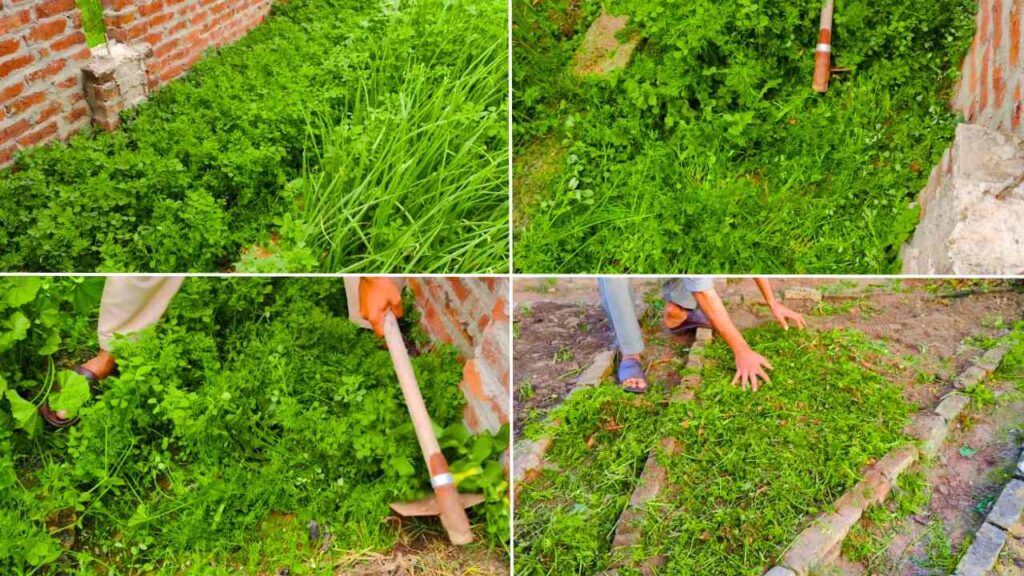
When your bed is covered with lush greenery and your mustard plants are completely matured, it’s time to go on to the next phase. Just level the plants into the ground rather than chopping or removing them. This can be accomplished by flattening or gently cutting the stems, letting them break down right there. The “chop and drop” technique adds nutrients and organic matter to the soil, which will be released as the plants decompose.
You continue to help the garden ecosystem by keeping the roots in the ground. The roots improve soil aeration and water retention by forming pathways for the flow of air and water. The beneficial bacteria in the soil will be fed by the decomposing mustard plants, increasing microbial activity and improving soil fertility. Your soil will stay nourished and vibrant during the off-season thanks to this method.
Step 3: Add a Generous Layer of Compost or Decomposed Manure
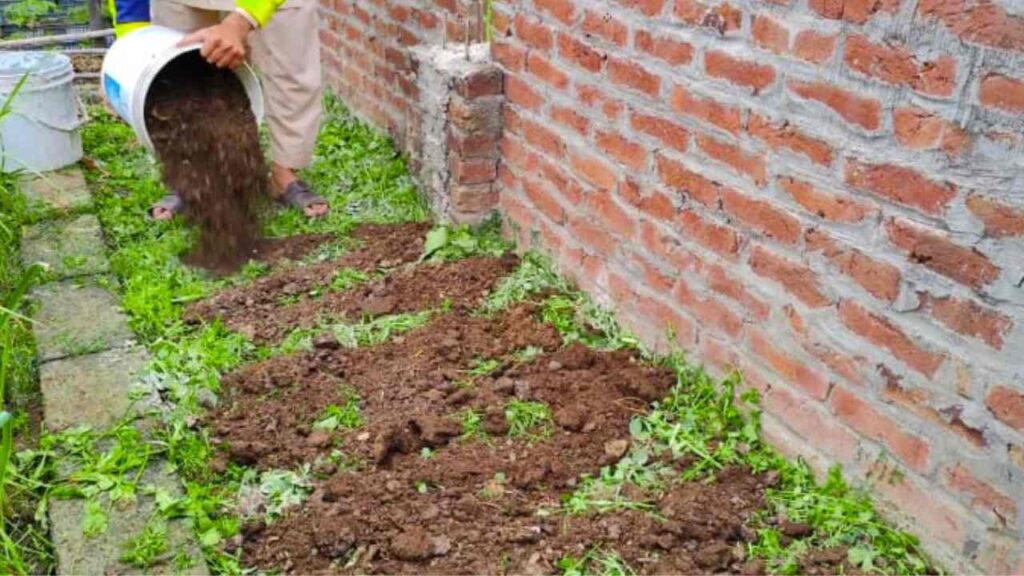
Applying a layer of compost or decomposed manure is the next step after leveling your mustard plants into the ground. Nutrients like potassium, phosphorus, and nitrogen, which are necessary for strong plant growth, are abundant in compost. Additionally, it contains organic matter that promotes the development of advantageous soil bacteria, enabling them to flourish and more efficiently break down organic matter.
Decomposed manure is a fantastic substitute for compost if you don’t have any on hand. Fresh manure can be too potent for plants and can harm them, so be certain it’s well-aged. Compost or decomposed manure will help retain moisture, enhance soil structure, and give your plants a consistent source of nutrients when it is given to the soil. This nutrient-rich supplement provides the perfect conditions for deep root growth and the establishment of a solid base for robust, healthy plants.
Step 4: Apply a Thick Layer of Sawdust or Mulch
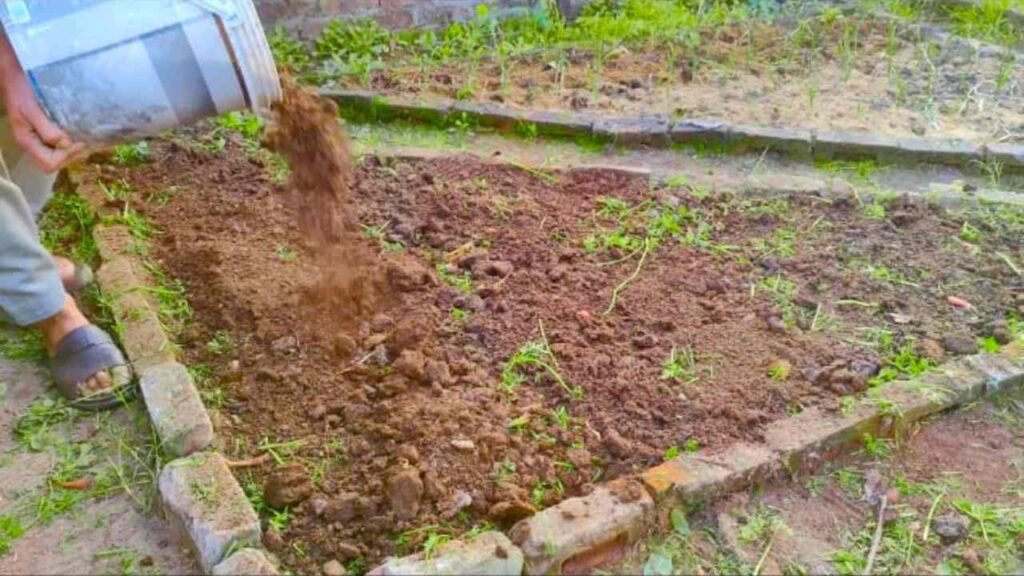
It’s crucial to apply a thick layer of mulch over everything to finish the process. Mulch protects your garden bed by keeping moisture in, controlling temperature, and inhibiting the growth of weeds. Mulch can be made from a variety of materials, including sawdust, wood chips, and dried leaves. We’ll utilize sawdust for this procedure because it’s easily accessible and quite efficient.
Because sawdust is lightweight and easy to scatter across your vegetable bed, it’s a great mulch option. Over time, it will break down and add even more organic matter to your soil. Sawdust enriches soil and encourages microbial activity by releasing nutrients into the soil as it decomposes. Additionally, mulch keeps the soil in place and ensures that it stays healthy for the following planting season by preventing erosion during the winter.
Conclusion: Ready for a Nutrient-Rich Growing Season
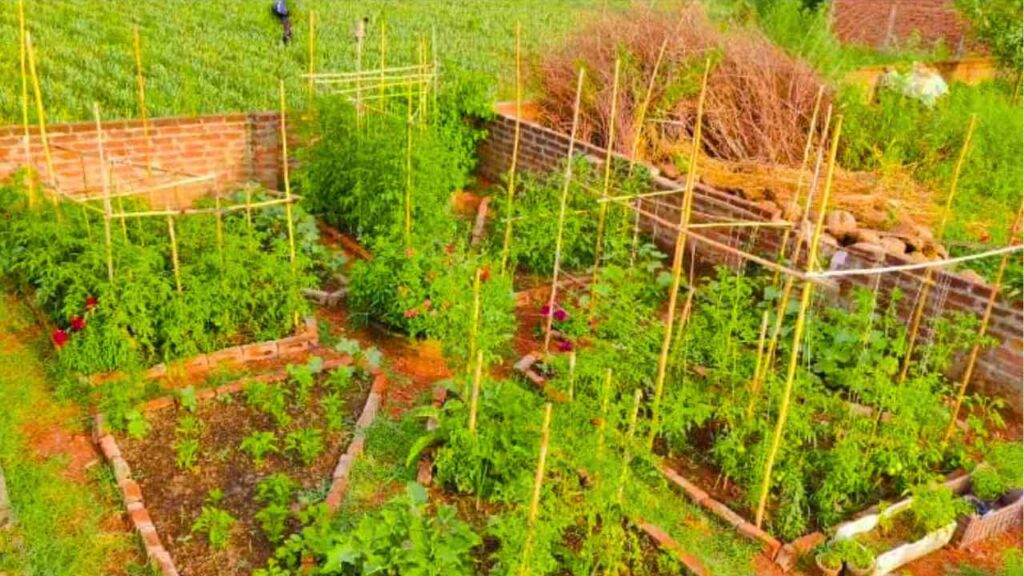
You are building a strong, self-sustaining structure for your garden bed by following these easy steps. Over the course of the winter, the mulch, compost, and leveled mustard plants will all break down, turning your garden bed into a nutrient-rich oasis by spring. The soil will already be enriched and ready to grow robust, healthy plants, saving you hours of preparation time when it comes time to plant. In addition to saving time and work, this technique enhances soil fertility, promotes soil health, and guarantees a productive growth environment for your crops.
You may position yourself for a prosperous gardening season by putting in a little work now. Your garden will be thriving all season long, and your plants will thank you with abundant growth!

